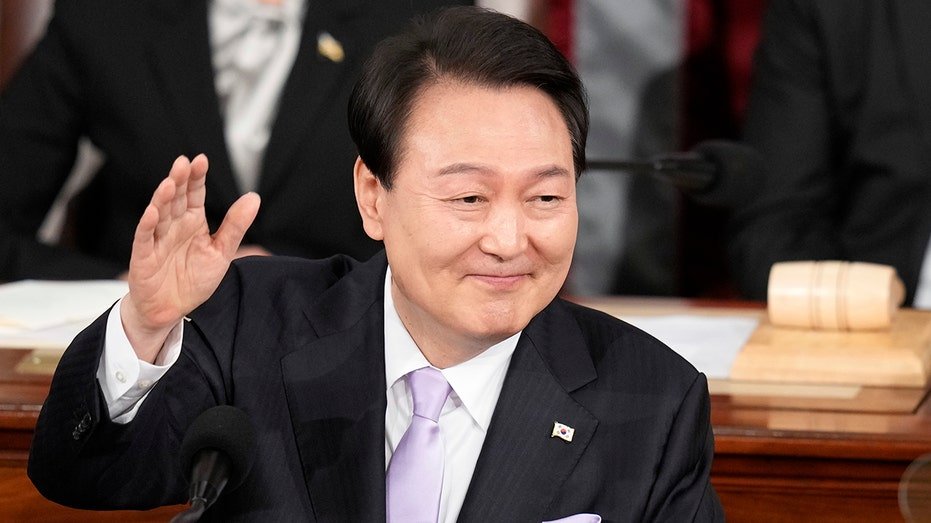Federal government aims to encourage power-intensive producers to switch to renewables by 2036Follow our Australia news live blog for latest updatesGet our breaking news email, free app or daily news podcastAnthony Albanese says smelters will close and cost many jobs without their newly announced aluminium production incentive, which opposition leader Peter Dutton has labelled a “con job”.The mining industry welcomed $2bn in federal funding to incentivise power-intensive aluminium producers to switch to renewables by 2036, with Rio Tinto calling it a “critical piece in helping future-proof the industry”.Sign up for Guardian Australia’s breaking news email Continue reading…Federal government aims to encourage power-intensive producers to switch to renewables by 2036Follow our Australia news live blog for latest updatesGet our breaking news email, free app or daily news podcastAnthony Albanese says smelters will close and cost many jobs without their newly announced aluminium production incentive, which opposition leader Peter Dutton has labelled a “con job”.The mining industry welcomed $2bn in federal funding to incentivise power-intensive aluminium producers to switch to renewables by 2036, with Rio Tinto calling it a “critical piece in helping future-proof the industry”.Sign up for Guardian Australia’s breaking news email Continue reading…
Anthony Albanese says smelters will close and cost many jobs without their newly announced aluminium production incentive, which opposition leader Peter Dutton has labelled a “con job”.
The mining industry welcomed $2bn in federal funding to incentivise power-intensive aluminium producers to switch to renewables by 2036, with Rio Tinto calling it a “critical piece in helping future-proof the industry”.
The Albanese government will provide Australian smelters with a tax production credit for every tonne of clean aluminium they make over a period of 10 years.
The prime minister said the funding would ensure smelters – which directly employ at least 20,000 people, by industry estimates – stayed onshore and Australia was not left at the end of the global supply chain.
“If there is a lesson from the pandemic, it’s that Australia cannot continue to be just at the end of supply chains, be vulnerable as a national economy by not making things here,” he said.
“We need to be more than a quarry. We need to be a country that value adds ourselves, not that exports the raw material, waits for someone else to create jobs and value add, and then import the products back.”
Kellie Parker, the chief executive of Rio Tinto, said the announcement secured the long-term future of its Queensland smelter.
“This is a belief in manufacturing. It’s a belief in jobs, it’s a belief in [the] aluminium industry,” she said.
Aluminium smelters are energy-intensive. Analysis from early 2023 showed that four smelters and two aluminium refineries used about 10% of the east coast’s energy grid.
The aluminium industry had previously warned it would require government investment, including in building underlying transmission lines from renewable energy sources, to support its efforts to go green within the decade.
Rio Tinto called on the government to support the aluminium industry’s transition to renewable energy to avoid the risk of smelters shutting down by 2030.
The company on Monday said the new move put Australia on the path of becoming a leader in green metals manufacturing.
But the opposition leader described the plan as a “fantasy”, saying Australia needed a nuclear power industry instead of relying solely on renewable sources firmed by gas.
“For the prime minister’s policy to work – let’s just understand the practicalities of this – he would have to install 22,000 solar panels every single day. He would need 40 wind turbines each month and require 28,000km of poles and wires to deliver this policy,” Dutton said.
“It’s a $2bn con job, and it’s going to drive up power prices, and it’s going to deliver blackouts and brownouts.”
Dutton added that he could not name a smelter powered by wind, solar or battery in the world.
Albanese accused the Coalition, and in particular its junior partner the Nationals, of being negative, flagging that smelters would close and jobs would be lost without the production incentive.
“The Nationals not only want to take Australia backwards, they want the rest of Australia to go backwards and keep them company,” he said.
Labor’s industry minister, Ed Husic, echoing the message, said the Coalition had “wasted three years not coming up with policy”.
“What’s your plan to make sure we protect blue collar jobs? Completely missing in action. It’s not good enough to be under-prepared going into an election year with no policy and no ability to explain to blue collar communities across the country how you’re backing manufacturing.”
A number of smelters in Australia are preparing to switch to 100% renewable energy in the coming decade. Tomago Aluminium, Australia’s largest aluminium smelter, announced in 2021 it would “for all intents and purposes” be 100% renewable by 2029.
The same year, Australian power company Alinta Energy announced plans to build an offshore windfarm off Victoria to help Alcoa’s Portland aluminium smelter go green.
In a Sunday opinion piece in the Australian Financial Review, the energy minister, Chris Bowen, criticised the opposition’s nuclear energy policy, which assumes Australia will need less power in Victoria, Tasmania, Queensland and New South Wales.
“The cop-out of assuming lower industrial demand simply signals a country doing less, producing less and selling less,” Bowen said.
In announcing his nuclear energy plan in November, Dutton claimed electricity prices would be 44% cheaper under the $331bn proposal. But this scenario was based on Australia having a projected electricity demand that is 45% less than Labor’s outlook.
“The Coalition has painted itself into a corner with this one,” Bowen wrote. “Either it believes Australian industry productivity is about to fall off a cliff, or it knows the purported cost savings for its ill-thought-out nuclear energy scheme are hot air. It can’t be both.”
Discover more from World Byte News
Subscribe to get the latest posts sent to your email.


